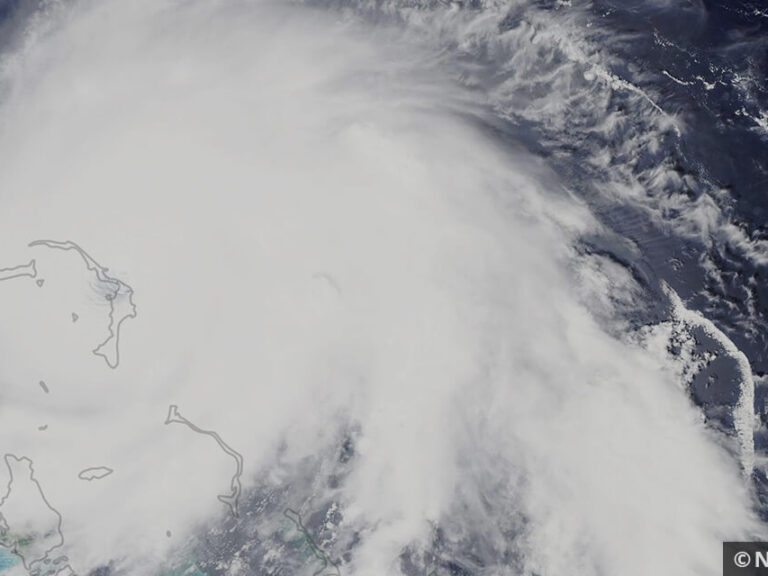ShelterBox responded in the Philippines after Super Typhoon Rai (known locally as Typhoon Odette) caused widespread devastation in December 2021.
Typhoon Rai was the most severe storm to hit the country in 2021. With gusts of up to 240kmph, the storm was equivalent to a Category 5 hurricane.
We worked closely with local partners; the international response coordination teams; the Philippines Navy; and Rotary contacts.
Together with our partner Humanity and Inclusion, we provided shelter kits, tarpaulins, and other essential items to families in Cebu and Bohol region.
We supported over 20,000 families in total.
Update from the Philippines
Super Typhoon Rai left more than half a million people in the Philippines without a home.
Communities received emergency shelter and other aid items like solar lights.
ShelterBox Operations Philippines led the distributions, with support from our local Rotary contacts.
Watch Dave’s update from the Philippines.

Typhoon Rai’s path
Super Typhoon Rai caused devastation in areas with high levels of poverty.
3.8 million people who were in the direct path of the storm were already living below the poverty line.
In the day before landfall, Typhoon Rai rapidly strengthened from a Category 1 to a Category 5-equivalent storm. It made landfall in Siargo and travelled westwards across the Central Visayas, Eastern Visayas and Palawan.
Between 16-17 December 2021, it made landfall nine times across seven provinces in The Philippines.
Facts about super typhoon Rai
Whilst tropical storms like Typhoon Rai are a natural part of our climate, the severity of a storm like this is likely to be linked to climate change.
Rising temperatures are causing storms to become much more intense and have a far more devastating impact.
The Philippines is used to powerful storms. It is hit by an average of 20 storms and typhoons a year.
Super Typhoon Rai made landfall in the Philippines on Thursday 16 December.
It hit the popular tourist island of Siargo with winds of 175kmph (109mph) before travelling westwards across the Central Visayas, Eastern Visayas and Palawan.
The storm made landfall nine times across seven provinces in The Philippines, bringing torrential rain and the threat of widespread flooding.
At its peak, the typhoon had max sustained winds of 195kmph (120mph) with gusts of up to 240kmph (150mph). Strong winds extended outwards 480km from the centre.
After the initial landfall, Odette continued to downgrade in severity and exited the Philippine area of responsibility on 18 December.
539,000 were displaced. The death toll was over 400 and reports suggest over 800,000 homes were damaged or destroyed. In total, about 7 million people were affected.
Alice Jefferson, ShelterBox Head of Emergency Response said,
“This deadly typhoon has left hundreds of thousands of people displaced just before Christmas and caused extensive damage to homes.
“Large areas of the Philippines have been left decimated on a scale not seen in the country before and ShelterBox will be doing all it can to make sure people have shelter.
“We’ll be responding with emergency shelter that we have stored locally to help Filipinos, many who are still recovering from previous storms.”


